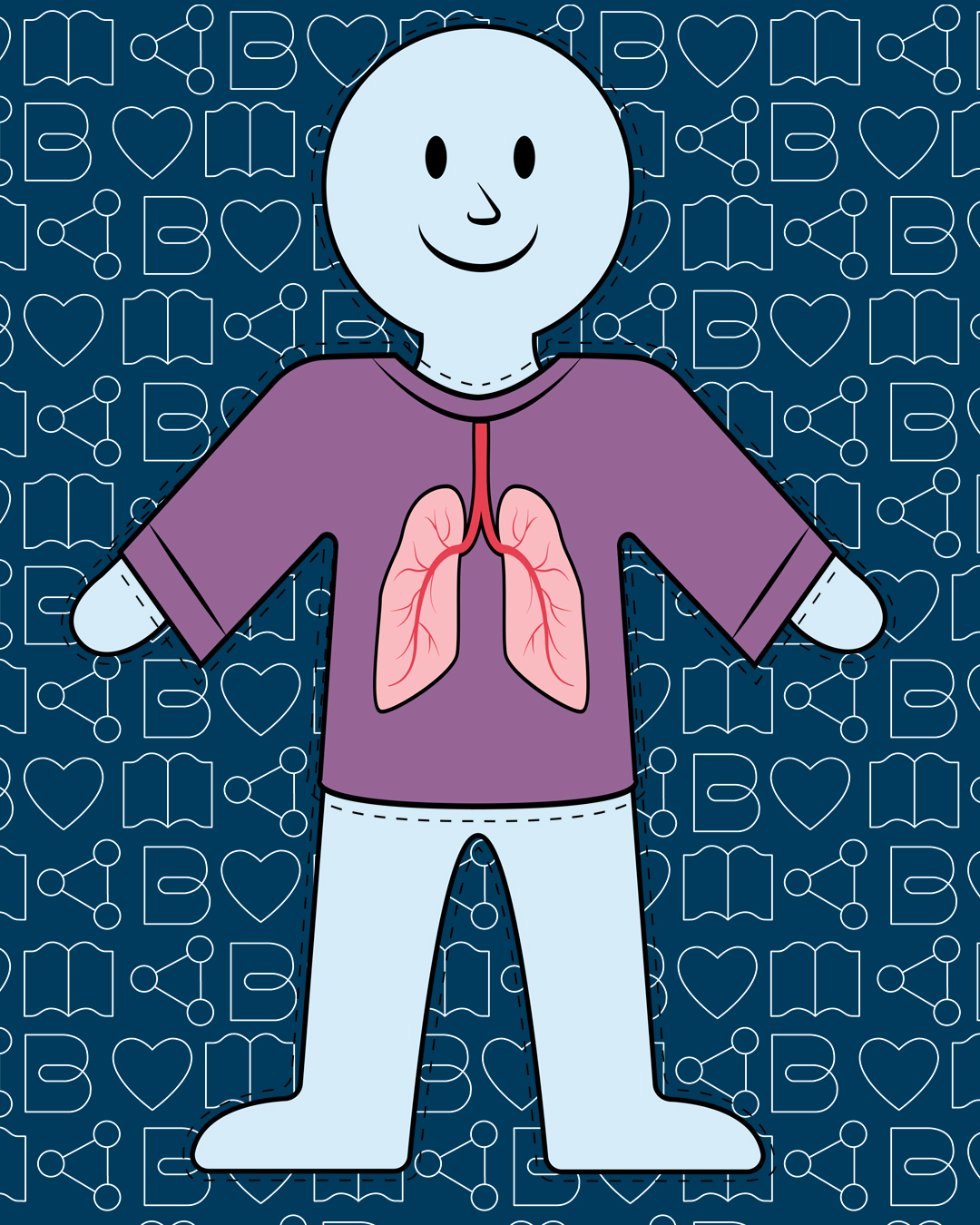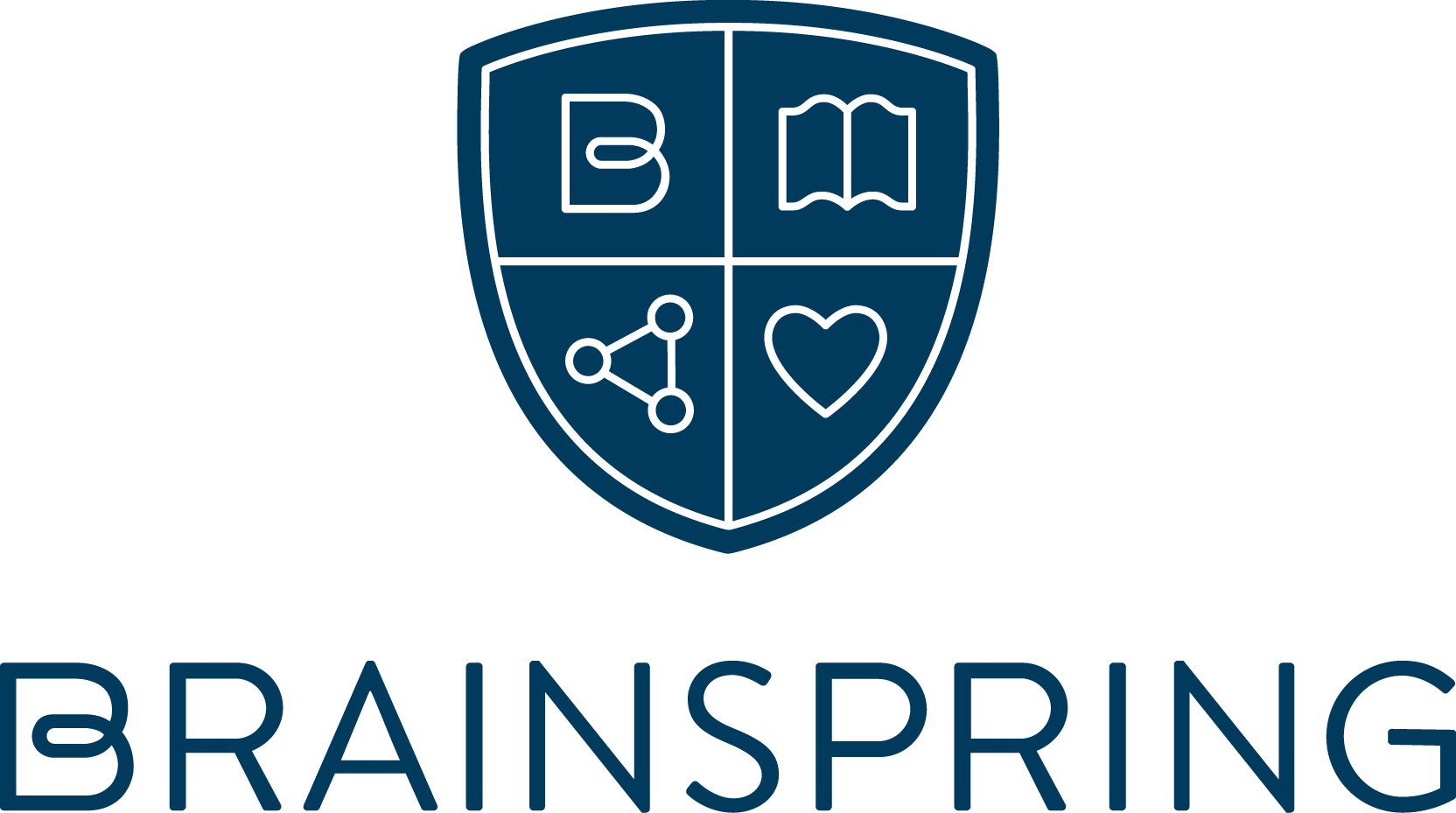Multisensory Monday: Paper Dolls for -NG/-NK Review
Posted by Brainspring on 10th Jan 2021
I can remember loving to play with paper dolls as a child. Nowadays, paper dolls have evolved into having fancy hair, eyebrows, puckered lips and smiles, sunnies, and elaborate outfits. Paper dolls allow for tactile play and a chance for a child’s imagination to run wild. In today’s Multisensory Monday, we show how to use paper dolls to review -NG/-NK sounds (-ing/-ink, -ang/-ank, -ong/-onk, -ung/-unk).
Make it Multisensory
Have students cut out their paper doll and tops (printable paper doll PDF found here.) They can doodle a face on the doll if they prefer! You can also consider having pre-made accessories ready to go for students to embellish their doll with (think headphones, a pretty purse, a dog/cat, a cell phone, a fancy necklace, etc.).
Once all items are together, review the -NG/-NK sounds by asking students to repeat the new sounds a couple of times each. You can also consider giving them a mini-play on the sounds, using upbeat tempo, which will trigger the rime.
- For example:
- Teacher: If I say bing, you say – ing … bing
- Student: ing
- Teacher: If I say sink, you say – ink … sink
- Student: ink
Next, ask students to lay out their paper dolls, tops, and accessories. Say one of the -NG/-NK sounds, and ask students to find the top with a picture that ends in that sound. For example, you could say something along the lines of “I spy someone giving a wink. Does anyone see someone winking?” Students would find the top and place it on their doll while saying, “wink, wink, wink.”
- Tops can also be hung up with clothespins on a clothesline in the classroom. A student may ask you what a clothespin is, which can be a conversation starter. Explain how the clothespin has been around for a very long time and what its actual purpose served!
When all sounds have been practiced, and all tops have been worn by the paper doll, set the tone for moral focus by reminding them to use a hanger to hang up clothes when you take them off. Advise students that this behavior shows that you can take ownership as well as responsibility for your items.
Written by Patricia Osburn
Patricia is a Brainspring tutor.
Brainspring has proudly supported the educational community for more than 25 years.
Our Educator Academy provides educators in grades K-12 with comprehensive MSL Professional Development courses. Learn more about our in-person and online professional development.
The Learning Centers support students through one-on-one, multisensory tutoring sessions. Learn more about our in-person (available in Southeast Michigan) and nationwide online tutoring.


